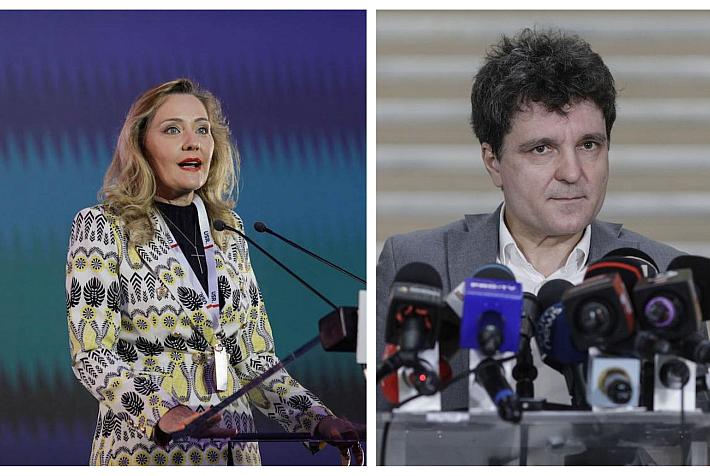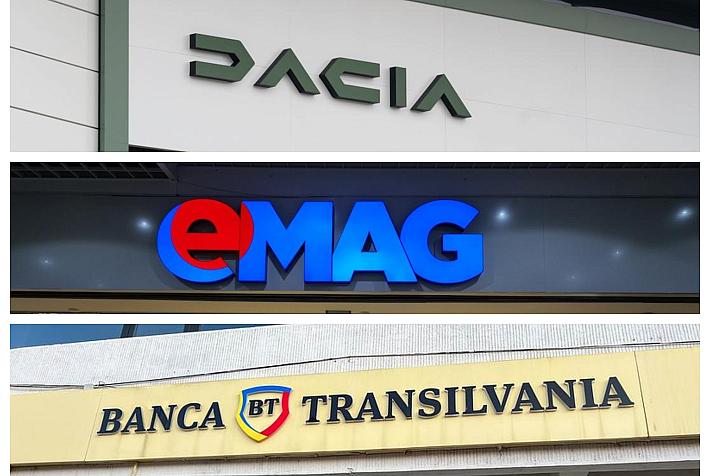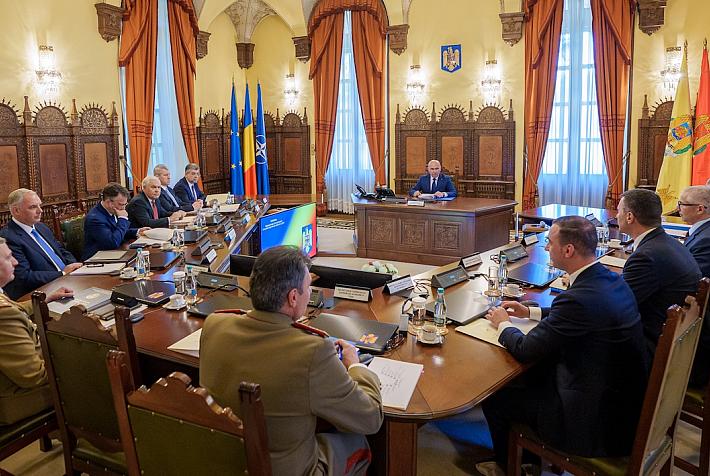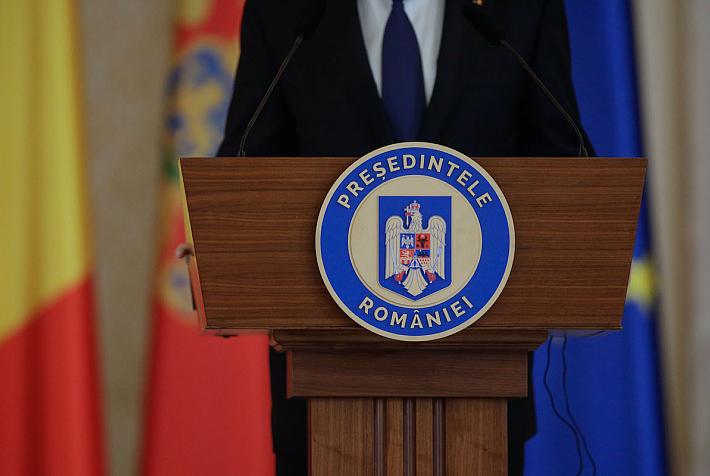Over 600,000 tourists visit Romania’s Turda salt mine
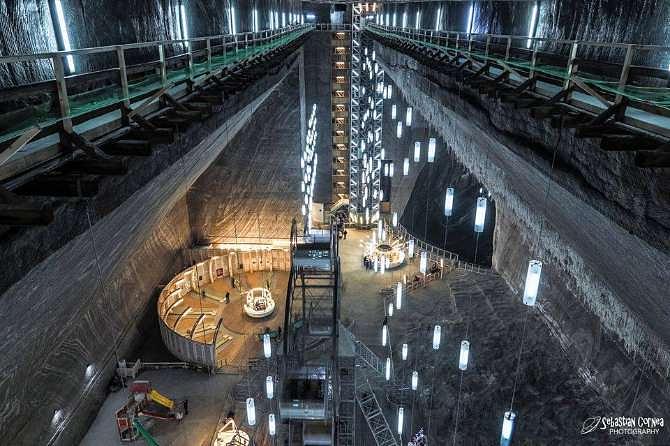
The Turda salt mine (Salina Turda), a popular tourist site in Cluj county, in Western Romania, received almost 618,000 tourists last year, according to Simona Baciu, the salt mine's director, quoted by Agerpres.
This is 22% more compared to 2015, when the mine received over 580,000 tourists. It is also the highest number of tourists in the history of the mine, which has seen an increasing influx of visitors after undergoing renovation in 2010.
“Last year , 617,890 ticket-paying tourists went in the mine. It was the year with the most tourists ever,” Baciu said. Over 8,000 tourists visited the site in only one day last year, on St. Mary's Day. This was the first time the mine had to temporarily close for visitors because the site had become too crowded.
The increasing number of tourists determined the mine's management to expand the available visiting site by refurbishing the Iosif mine. The Turda tourist mine is currently made up of the Franz Josef transport gallery, the echo chamber of the Iosif mine, the Crivacului hall, the excavating pit hall, and the Ghizela mine.
“The Iosif mine entails very big investments, it would be a project worth several million euros. We hope to obtain European funds again. The Turda salt mine is a successful example in this respect because the 2010 investment was made with European funds,” Baciu told Agerpres. The Iosif mine will double the underground visiting circuit.
The mine's management also plans to develop medical tourism and leisure activities areas on site. At this point, the Turda salt mine features a children playground, a carousel, several sports areas for mini-golf, bowling, pool, and tennis, a lake where tourists can take boat trips, and an amphitheater for various shows and performances. The health areas can accommodate tourists looking to ameliorate conditions such as rhinitis, asthma, or respiratory infections.
More recently, the salt mine promoted itself at the Tel Aviv International Tourism Fair this February, where it participated alongside other 23 tourist agencies and regional promotion agencies from Romania. The salt mine plans to attract more Israeli tourists this year, after last year 7% of the foreign tourists visiting it came from this country. At the end of last year, the salt mine also participated at the London International Tourism Fair.
The Turda salt mine was included in an international circuit of European salt mines from the UNESCO patrimony.
The salt mine has been getting international media coverage as well. It was featured in Architectural Digest in 2016 as an example of a mine conversion into an underground amusement park. The salt mine was also featured on Business Insider in 2015, as “an incredible amusement park” and on CNN, which presented “stunning views” from the park. The underground site had another moment of international fame when Jared Leto, the lead singer of the 30 Seconds to Mars group, posted a link on Twitter about it.
The Turda salt mine is unique in the world for its cone-shaped excavation areas, which were customary at the beginning of the salt extraction activities, and also has trapeze shaped ones. The mine was opened during the Middle Ages, and it was first mentioned in a 1271 document issued by the Hungarian chancellery. From 1950 up until 1992, when the salt mine was re-opened as a tourist site, the first 500 meters of the Franz Josef transport gallery served as storage space for cheeses.
Romania’s Turda salt mine to be part of a touristic circuit in Europe
Nearly half a million foreign tourists come to central Romania to visit Dracula’s castle
editor@romania-insider.com






